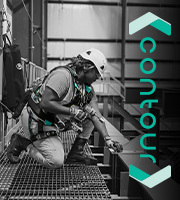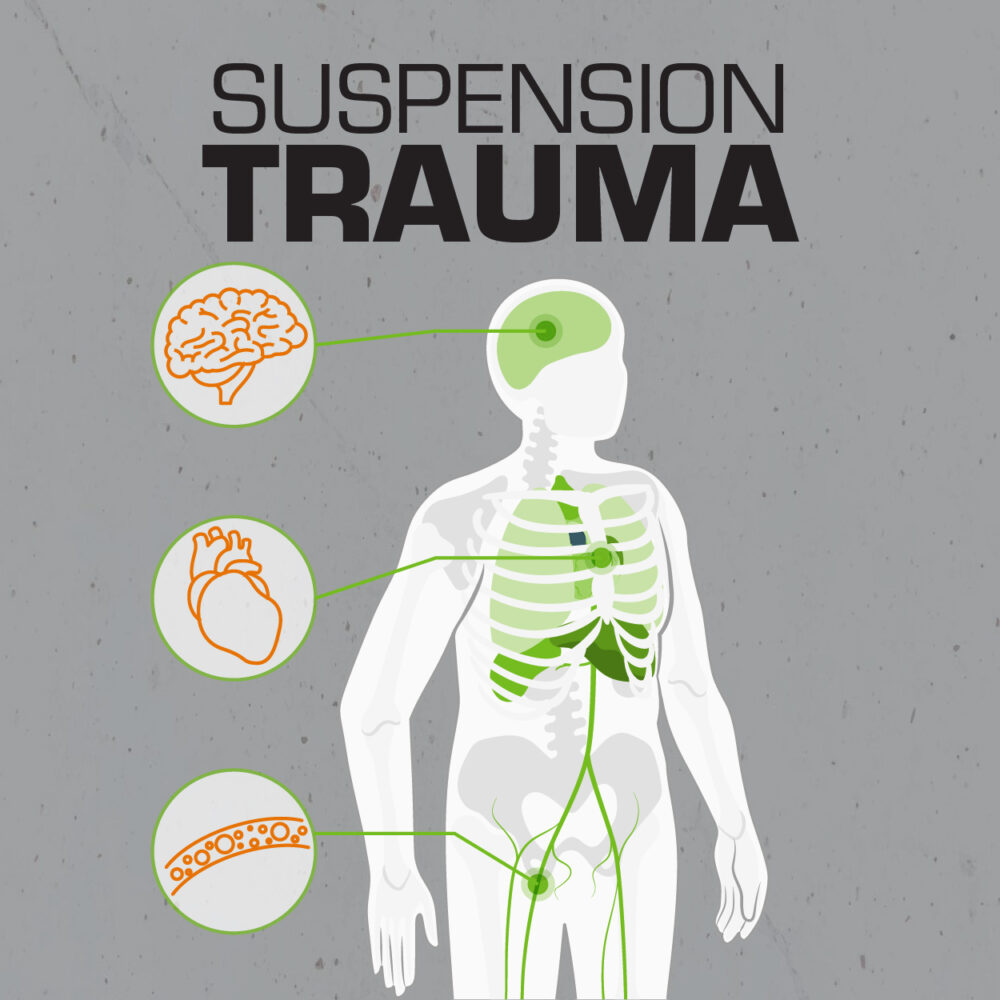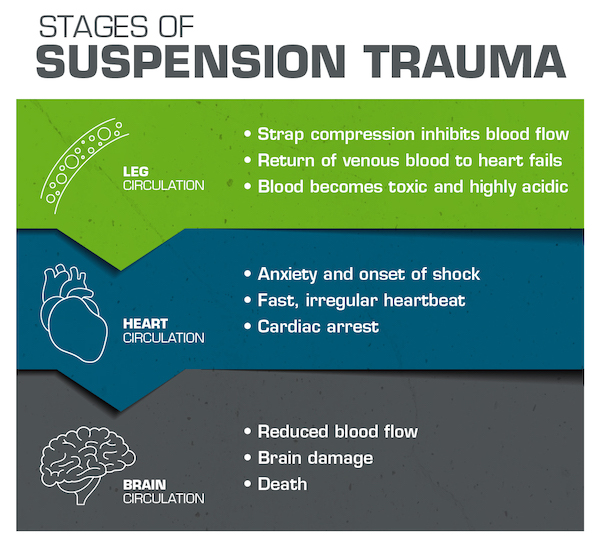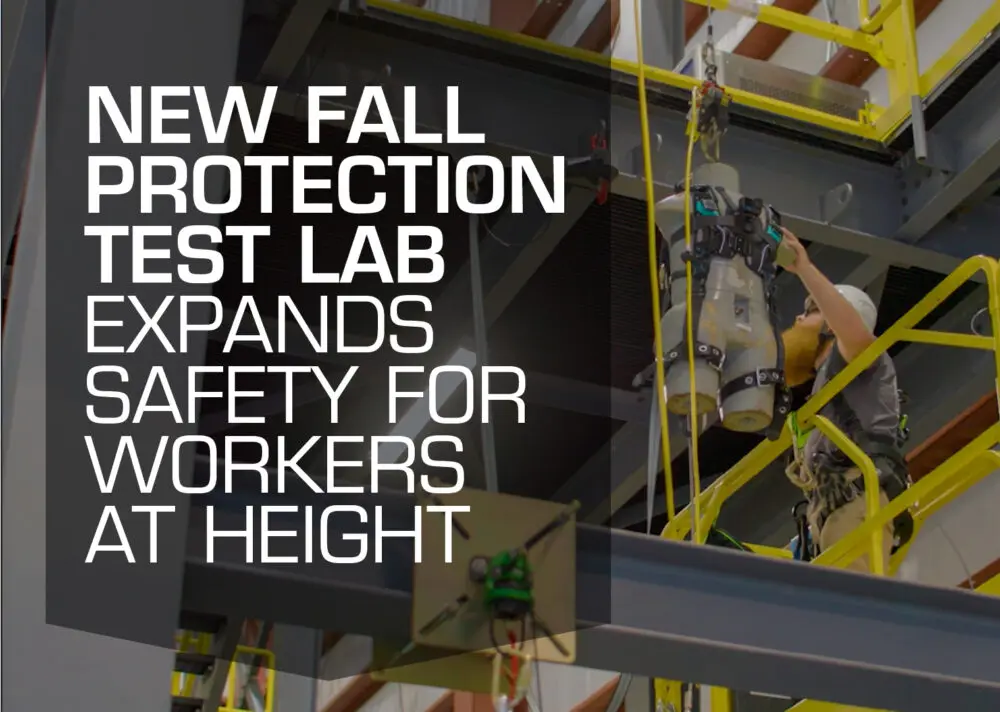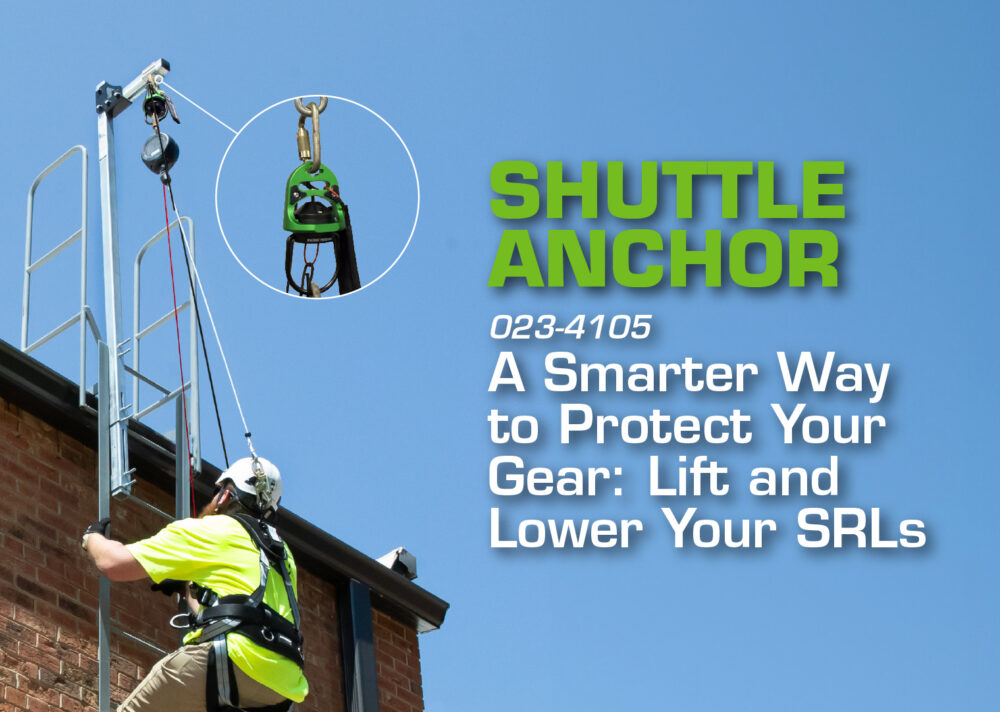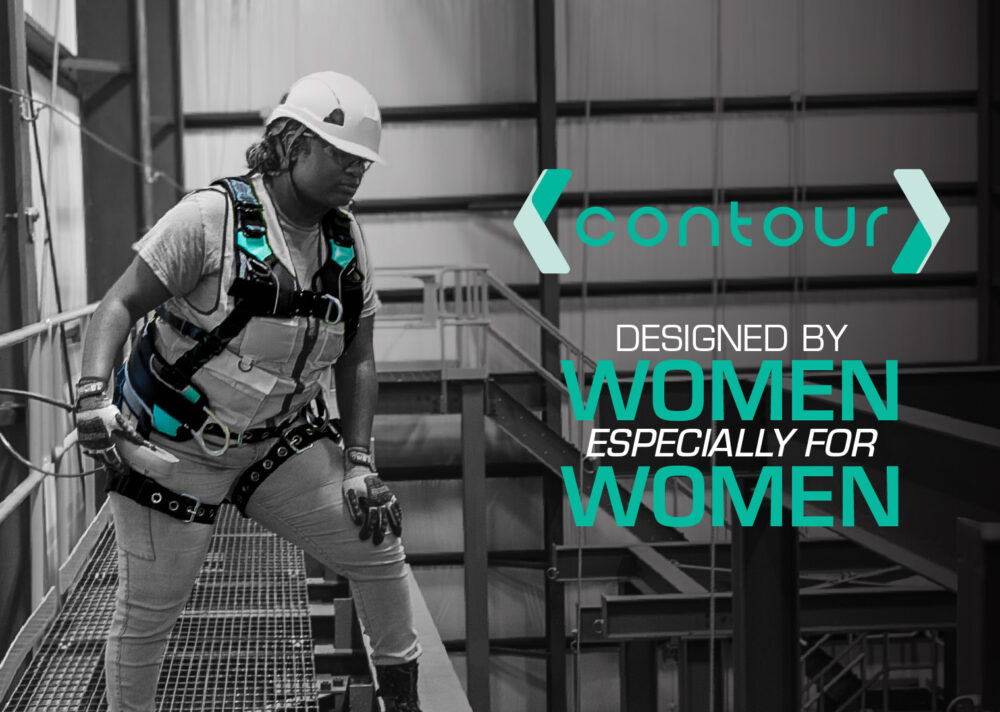Undeniably, any worker can fall while on the job. Fortunately, a fall doesn’t have to be serious or fatal – as long as the worker is following the correct guidelines for wearing fall protection equipment. However, that doesn’t mean that all personal protective equipment (PPE) protects workers equally. The fall arrest system – anchor, harness and connector (lanyard or SRL) – is designed to stop a fall quickly, reducing the immediate threat of hitting a lower level or obstruction. However, a real danger still exists for workers suspended in a harness above the ground, known as suspension trauma or orthostatic intolerance (also called harness hang syndrome). If not properly addressed, suspension trauma can cause workers to be seriously injured or even die. That’s why many PPE companies have created equipment to alleviate suspension trauma. Numerous options are available; however, they are not all created equal. Employers and workers want the best protection possible. While preference is part of the equation, the question remains: what is the best PPE for workers at risk of suspension trauma?
Suspended After a Fall
When a worker falls, the fall arrest system absorbs the energy generated during the drop to reduce the impact to the fallen worker. Even so, the worker can experience a significant jolt when the system engages. As the worker settles from the fall, they will start feeling pressure in areas of the body where the harness functions to keep the worker stable and safe. This is what the harness is designed to do. Still, hanging in mid-air by a harness is not only uncomfortable, it can be dangerous – even deadly. While suspended and awaiting rescue, blood circulation in the worker’s legs is negatively impacted due to compression from the leg straps on the arteries in the legs. The worker’s weight, combined with gravitational force, acts to constrict the arteries and veins in the legs reducing blood flow and causing blood to pool. Initially, this may cause mild discomfort leading to nausea or unconsciousness. It can also cause serious health risks, or even death, due to decreased blood flow over time. Suspension trauma is a critical concern that can cause long-lasting, irreversible harm.
More About Suspension Trauma
Suspension trauma is widely recognized as a genuine threat to a worker’s health, including the heart and brain. While a worker is suspended in a harness, the leg straps of the harness support most of the worker’s weight. Harness leg straps put a remarkable amount of pressure on the femoral arteries of the worker’s legs, cutting off critical blood circulation. In short, the loss of circulation causes the heart to work harder to keep the body’s blood pumping to all the vital organs, including the brain. To be even more descriptive, imagine that when a worker is hanging, the harness straps act exactly like tourniquets. The worker’s blood is still pumping through the arteries in the fronts of the legs, while the straps on the backs of the legs prevent the deoxygenated blood from returning to the heart. If it takes too long for circulation to be restored, the worker’s heart will drastically slow and oxygen to the brain will decrease. This combination of events can be devastating, both while suspended and afterward.
What OSHA Says About Suspension Trauma
In recognition of the dangers of suspension trauma, the OSHA (Occupational Safety and Health Administration) promotes the following guidelines for procedures and rescue after a fall:
- A written fall protection plan must include prompt rescue after a fall. Prompt is generally recognized to be within 4-6 minutes.
- Fall protection training should include measures for self-rescue as the preferred method.
- If self-rescue is impossible and rescue cannot be performed promptly, the worker should be trained to pump or flex their legs frequently. This activates the muscles to reduce risk of pooling blood causing suspension trauma.
- A suspended worker must be monitored continuously for signs and symptoms of suspension trauma as this trauma can be fatal within 30 minutes. Symptoms include lightheadedness, heart palpitations, tremors, confusion, fatigue, nausea, dizziness, fainting or unconsciousness.
- A rescued worker should not lay flat and should remain in a seated position to avoid “rescue death” (or reflow syndrome). Do not remove or loosen the harness. Inform rescue personnel that the fallen worker has been suspended.
- A healthcare professional should always provide an evaluation after a fall, even if no injury is apparent. The worker should be hospitalized when appropriate. Keep in mind that possible delayed effects are difficult to assess on the scene.
Suspension Trauma Relief
Most safety professionals and fall protection manufacturers agree on the dangers of suspension trauma and there are a variety of options available to combat this potentially fatal threat. The single, indisputable best way to avoid suspension trauma is not to fall – after all, the safest fall is the one that never happens. No suspension, no trauma.
When suspended after a fall, keeping blood flowing in the legs is the best way to delay the onset of suspension trauma. A publication from The National Library of Medicine (NLM) dedicated to suspension trauma recommends using the legs as pumps while suspended by either pushing off a hard service with the legs or using foot straps to keep the leg muscles active. The use of footholds supports muscle pumping to alleviate pressure and delay symptoms. Additionally, standing while suspended helps the blood return to the heart and lowers the amount of blood pooling in the legs. Many companies offer PPE that allows workers to stand with foot support while suspended by a harness after a fall.
Some harness options allow the fallen worker to rest or sit upon a portion of the harness itself. This sitting position, while it may seem more comfortable, essentially moves the pressure from one area of the body to another. Any compression on the legs restricts blood flow and reduces proper circulation. Whenever compression and suspension are combined over time, the risk of suspension trauma is increased. While sitting, it may also be more difficult to flex or pump the legs as both OSHA and the NLM recommend.
Product Relief Options
To prevent suspension trauma, two common models of footholds, or foot support, are available with a harness for use after a fall. Trauma steps come in single-pack or dual-pack construction offering fixed-position stirrups, or steps, for foot placement within the steps. Trauma straps come as dual packs with two pieces of webbing that easily attach to form one adjustable length strap that supports both feet. Both options provide immediate relief with the benefit of better blood circulation while the worker stands, using the steps or strap to pump their legs to keep blood flowing more freely through the body.
Some harness models come with an integrated trauma relief step or strap which ensures proper installation. Many relief steps and straps are designed to retrofit onto your existing harness for maximum flexibility and ease of replacement. Both the relief straps and relief steps are easy to deploy and use with minimal training, allowing workers to immediately take pressure off their legs while standing in the webbing. The fallen worker is able to use the webbing as a foothold to pump or flex their legs and increase critical blood circulation while awaiting rescue.
Safewaze offers both styles of trauma relief, the dual packs Quick-Adjust Trauma Relief and the single Suspension Trauma Steps.
Summary
How best to prevent suspension trauma? This is a credible and important question. As a known threat to the health of workers at height, employers are obligated to consider appropriate actions to prevent this type of trauma. This includes fall prevention wherever possible as well as education and training in the proper use of all fall protection equipment for every worker at height.
After a fall, blood circulation is key – and the best way to improve circulation in the legs is to stand, using the resistance from an appropriate foothold to flex or pump the muscles of the legs, improving blood flow. It is critical to keep blood flowing to avoid pooling in the legs from the compression of the harness. Negative effects of suspension trauma can start within 4-6 minutes of a fall and can cause permanent damage, or even death, in as little as 15-20 minutes. Ensuring proper circulation reduces the risks of suspension trauma to the fallen worker. As the rescue plan is enacted, this buys the fallen worker valuable time to keep blood circulation at optimal levels. Suspension trauma relief straps or a trauma relief step are lifesaving devices that are easily attached to a harness, relatively inexpensive and simple to use. This simple harness addition protects fallen workers from long-lasting complications that can arise from suspension trauma in just a brief time suspended.
